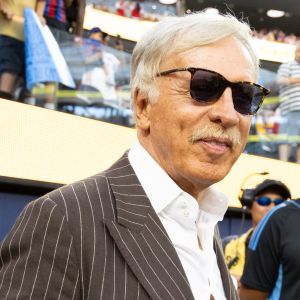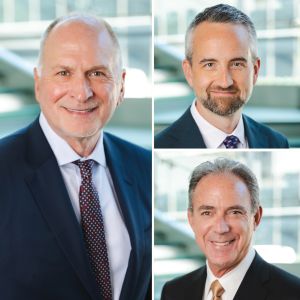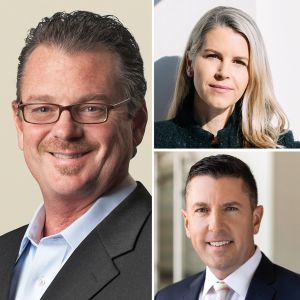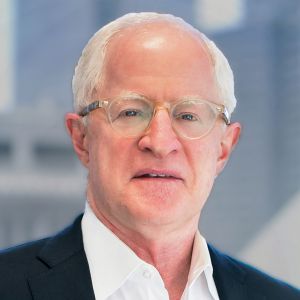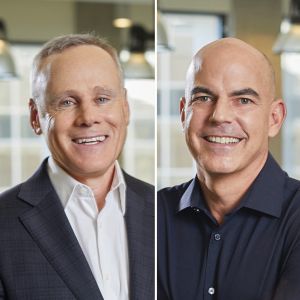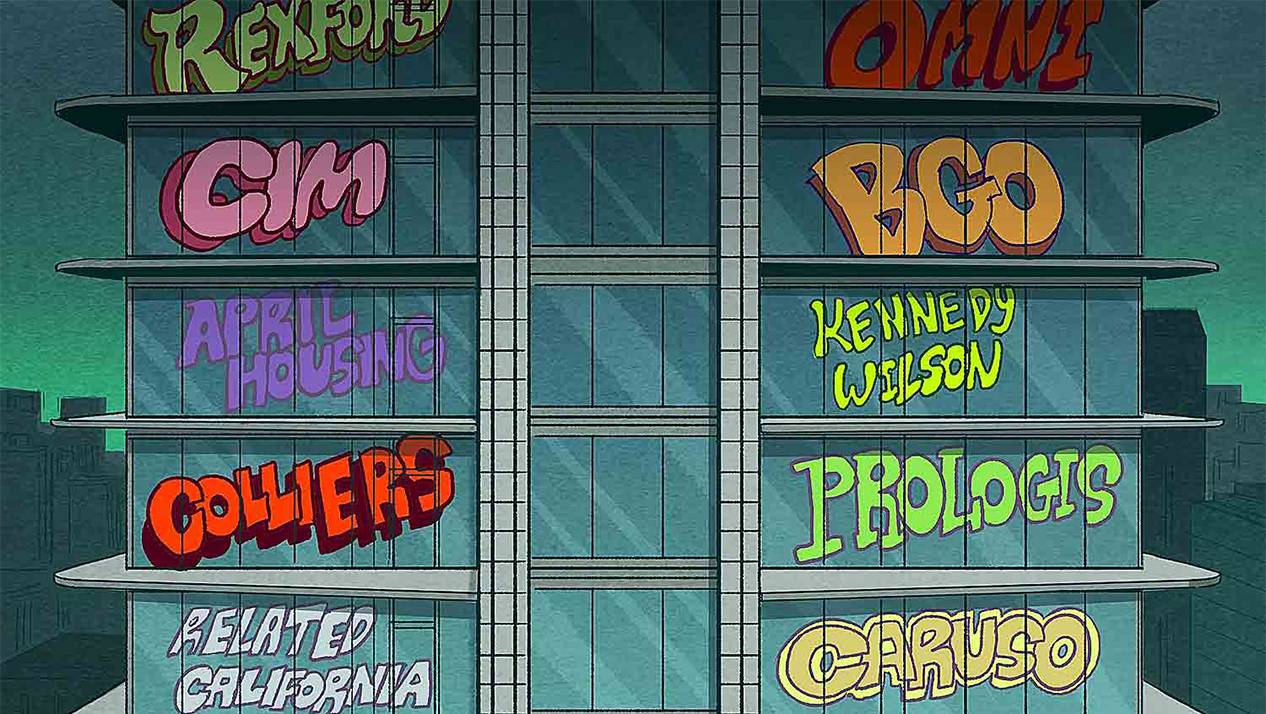
Watching Southern California the past few years feels a bit like seeing someone drive with their eyes closed: It’s definitely moving, but we don’t know where.
It’s been four and a half years since the pandemic hit, but the effects are still playing out in every part of the market, and major questions remain unanswered, leaving the City of Angels and the surrounding region uncertain of where to land. Retail suffered first, then office values dissolved. Studios haven’t bounced back from the labor strikes last year, and even warehouse vacancy rates have been on the rise. And, now, a cloud of multifamily distress looms.
The half-built, graffiti-covered Oceanwide Plaza stands as a too-obvious metaphor embodying the state of the market, mocking La La Land for its utopian ambitions. The failed plan for lavish residential and hotel towers at the prominent spot in Downtown L.A. ran out of money a little past its halfway point five and a half years ago. But hollow structures remain today, all while neighboring towers suffer crushing declines in demand, and the homelessness problem persists, and trespassers relentlessly tag the high-rises’ walls enough to garner international attention.
It’s one of too many examples one can find as reason to be discouraged about Los Angeles. But that would be the easy thing to do.
There are other landmark projects underway that better demonstrate L.A.’s ability to survive, adapt and thrive. Perhaps the best example that tells the larger story is the former Westside Pavilion. It was once a premier shopping mall before e-commerce hit the brick-and-mortar retail industry, so investors decided to transform it into a massive, market-anchoring office for Google. It was a brilliant plan until COVID-19 hit the office industry and the tech sector, quickly turning the project into what can only generously described as an expensive bust. But UCLA saved the day, and bought the property for some $700 million with impressive new plans to turn the site into a massive research park.
The people highlighted in this year’s Power Southern California are the people who act on those kinds of opportunities. And they are the ones who are still thinking big and bold, even when it’s not easy.
Stan Kroenke is on the list as he continues to expand in the Valley and win bids to host the Super Bowl, World Cup matches, and the opening and closing ceremonies in the 2028 Summer Olympics. Clippers owner Steve Ballmer is highlighted after opening the new $2 billion Intuit Dome this year adjacent to Kroenke’s SoFi Stadium.
Jonathan Goldstein, Beny Alagem and Vlad Doronin are on the list for thinking big with a multibillion-dollar luxury resort in a Beverly Hills commercial district that continues to excel with Rodeo Drive. There’s also Michael Hackman, who’s advancing 10-figure studio projects and growing his soundstage empire.
With interest rates easing, Southern California’s nation-leading industrial market is also expected to see higher levels of development. And Rexford’s leaders are on the list for still finding ways to expand this year and for closing a new $1 billion industrial deal with Blackstone.
The drivers behind April Housing are highlighted for creating and preserving much-needed affordable housing, and Related California’s William Witte is included as his firm embarks on a $3 billion project in Orange County that will add an incredible 3,750 residential units, 250 hotel rooms, 200 senior care units and up to 350,000 square feet of commercial space.
Many developers, investors and brokers in Los Angeles are closing major deals and building massive complexes. They are filled with optimism and expectations for next year and for Southern California as a whole. We just don’t know what it will look like yet.
